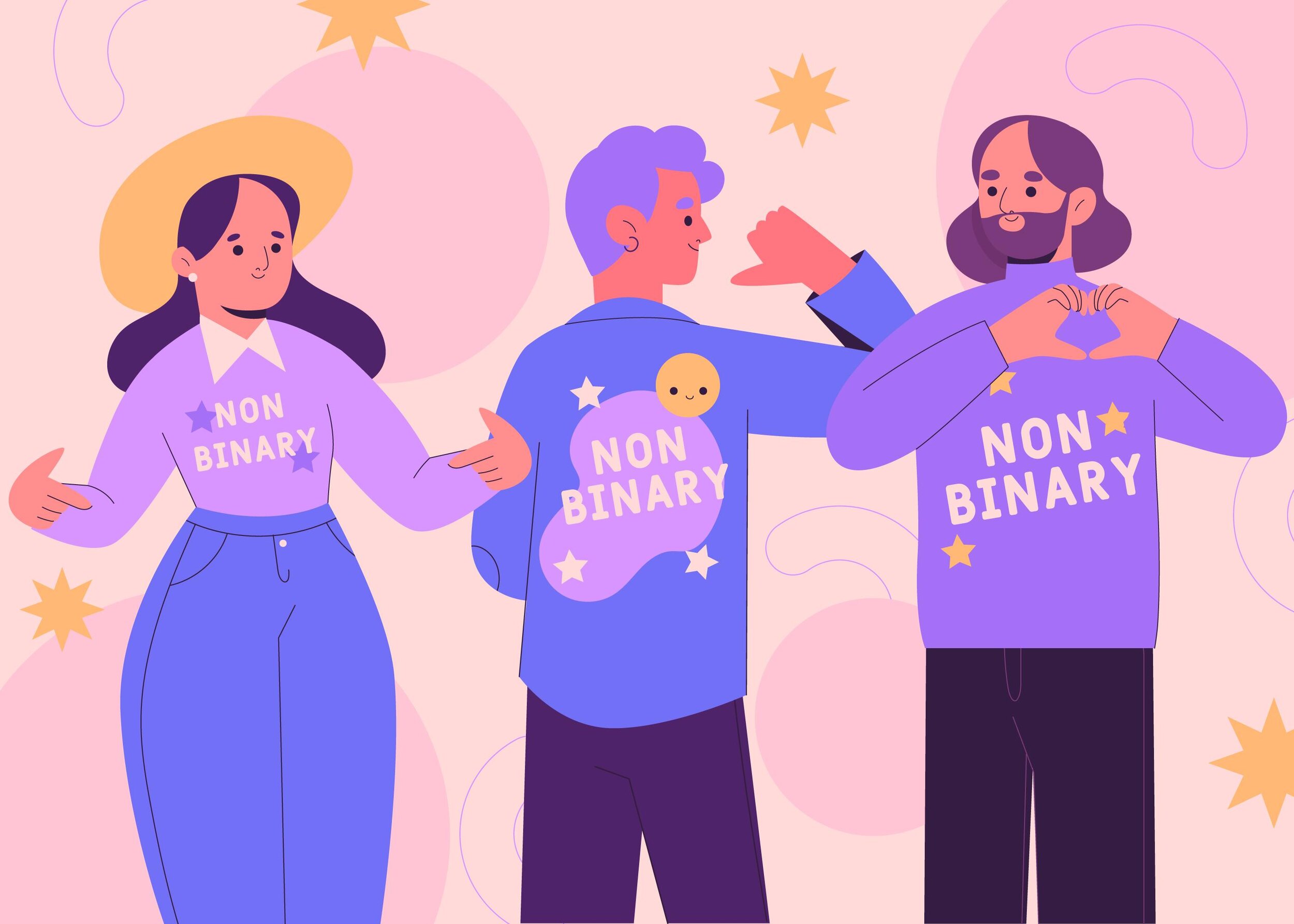The power of visibility
By Taylor Ling (BESIX Watpac)
When I first heard of Non-Binary People's Day, I wondered how long this had been recognised internationally. It turns out it has been around since 2012 and sits exactly between International Men's Day and International Women's Day. I wonder how many actually know that there is such a day or if it's filed with other 'national' days such as International Leave the Office Early Day and Ice Cream for Breakfast Day (yes, those are real days). If I didn't know about it, then certainly the majority of others don't know either. In 2018, I discovered my true self, six years after Non-Binary People's Day was established but maybe not widely celebrated, not broadly visible. I wonder how different my life would've been if there had been more visibility, more recognition for people like me. Maybe I would've discovered who I was earlier. Maybe I wouldn't have had those years struggling, questioning, wondering.
For those who don't even know what non-binary is…
“In really simple terms, a non-binary person is someone who does not identify as exclusively a man or a woman. Someone who is non-binary might feel like a mix of genders, or like they have no gender at all."
– Arlo, Minus18
I grew up in Tasmania in a town of only around 5000 residents and we were far from progressive. I did not know many gay or lesbian people, let alone anyone who was openly transgender. I was very lucky to grow up within a family that never forced any gender norms on me and I was heavily involved in sports. I was considered a tomboy and rarely dressed 'feminine' except for a handful of times. It wasn't until I moved to Sydney in 2015 that I started to be able to live a very authentic life, surrounded by my 'people' as a lesbian.
I had already taken quite a few steps in the way I presented (masculine clothing, haircut etc) so the actual 'coming out' was only really a change in my pronouns (using they/them/theirs exclusively). I have since undergone various medical transitions but this is not the path all non-binary people take.
Often the hardest part of being non-binary is that there is no specific way to present as non-binary. There are folks who appear feminine, masculine or somewhere in between, both in the same week, and their appearance does not equal their gender. In society when we see someone, we have this trigger in our brain which links a pronoun with their appearance. If you see a masculine presenting person with facial hair you might automatically use, he/him pronouns. In reality though they might use they/them pronouns exclusively.
So how can you ensure that your non-binary colleagues or clients feel included and welcome? If you are meeting someone for the first time you could share your name and pronouns, i.e. “Hi, I'm Stacey and my pronouns are she/her." This shows that you are a safe space where they can share their pronouns with you. This is a validating experience for non-binary people when you are not linking their gender with their appearance.
Normalising the use of pronouns in your Zoom meeting name, in your email signature and on name tags for corporate events are other ways to create these safe spaces.
Something that I tell as many cis-gendered people as possible is that simple actions like the ones mentioned about can really save someone's life by making someone's ability to work, exist, and be who are they are so much more manageable.
If you want to learn more about different non-binary experiences, there plenty of people who document their lives on YouTube and Instagram. They can help you understand and appreciate the varied life experiences of non-binary people. One of the people who helped me realise my identify was Ash Hardell. They've made some really amazing YouTube content around being non-binary. Another NSW resource is transhub.org.au which has a lot of information for workplaces, colleagues, friends and family members of transgender and gender diverse folks.
International Non-binary People’s Day is celebrated on 14 July, 2021
International Pronouns Day is October 20, 2021. Visit the website to learn how you can take action in your workplace.
Further reading:
101: Let’s learn about the basics
An essential step to better understanding people who are different from us, or perhaps just like us, is to start with the basics. This site offers an easy to understand and positive account of the trans experience and answers some of the first questions you may have about trans people and how to be an ally.


